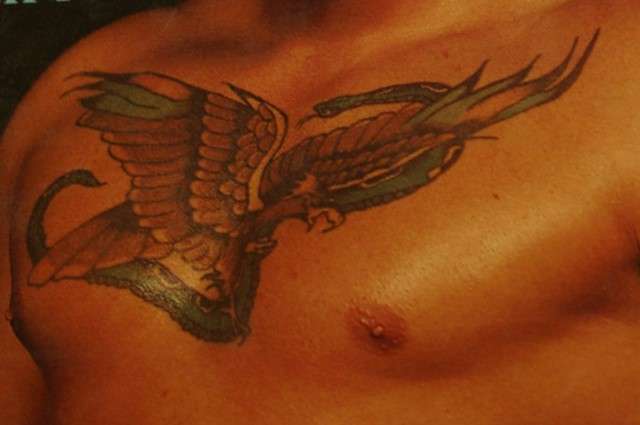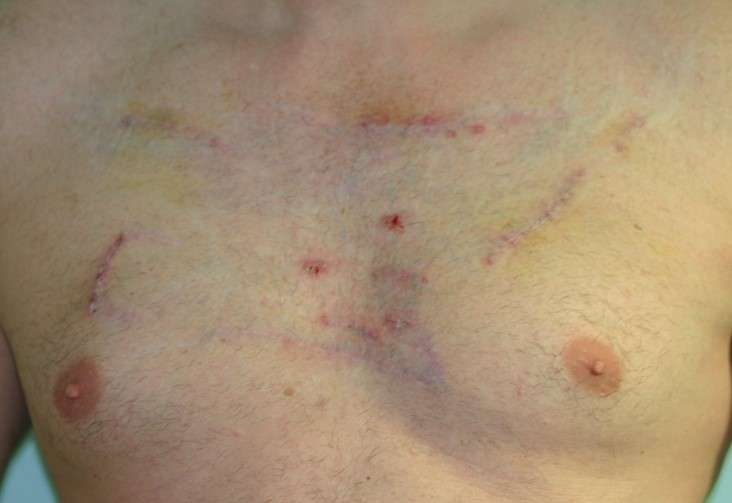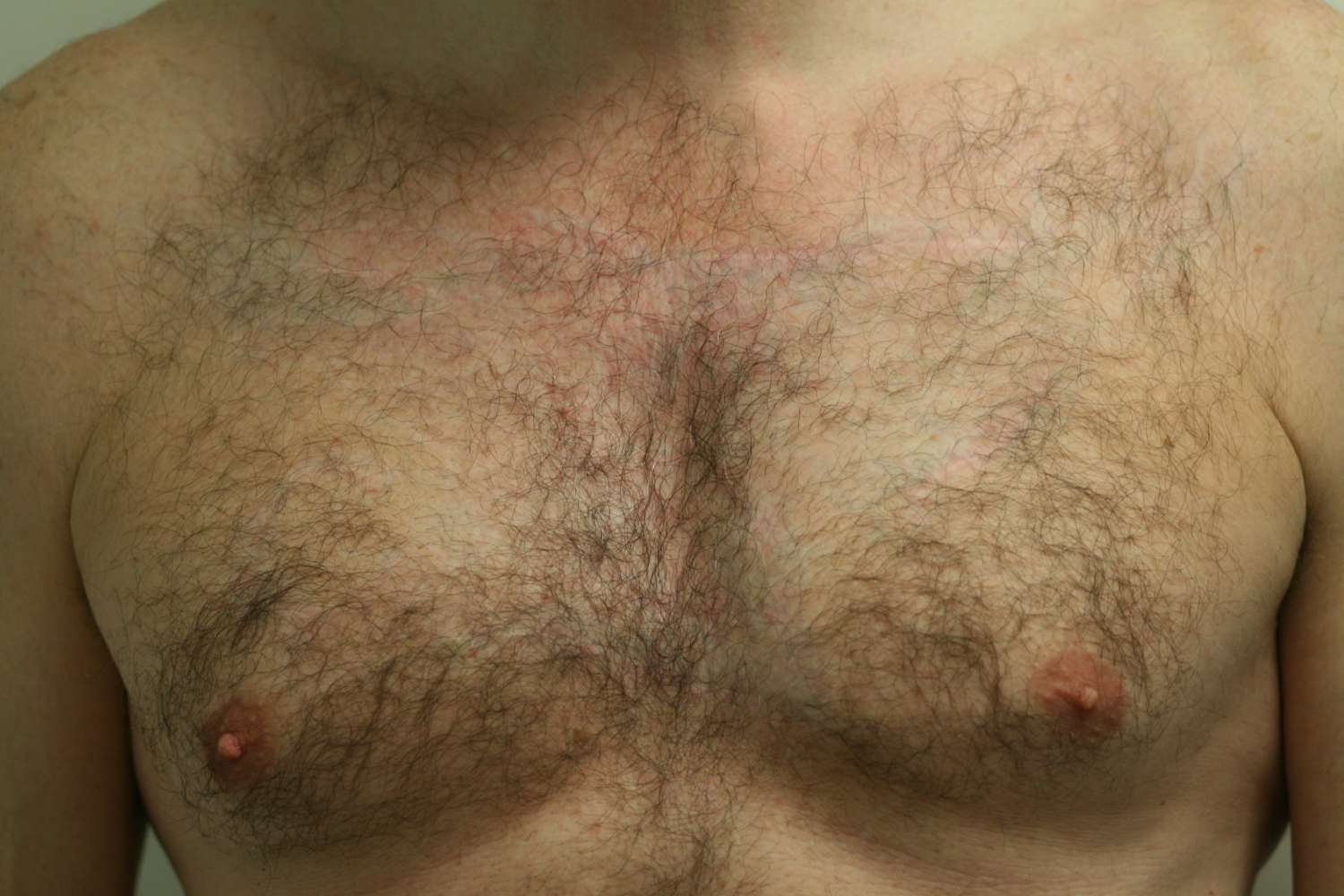Tattoo Removal
Tattoos are indelible patterns made on the skin by introducing pigments into its deeper layers. The lasers used to remove tattoos shatter the pigment granules into tiny particles small enough to be removed by the body’s natural scavenger cells. The latest tattoo lasers are able to handle most tattoo colours - professional blue-black tattoos are the easiest to remove, and oranges, greens and yellows are the most difficult. It is usually possible to remove pigment from most areas of the body, including around the eye, but removal of tattoos on the eyeball itself is not offered.
Normally a test treatment is carried out to establish the lowest effective level of energy needed to remove the tattoo whilst minimising the risk of skin damage and scarring. Once this is established, the number and the cost of further treatments required depends upon the size, colour and type of the tattoo.
Treatment is not especially painful, and feels rather like an elastic band being snapped against the skin. A local anaesthetic cream can be used if necessary. Immediately after treatment, the skin may turn white, then become red, raised and tender. Sometimes a crust develops which will separate to leave normal skin after ten to fourteen days.
The treatment of a tattoo depends upon a great many things, including the type, the depth, the colour, and the location. For some marks, the best treatment is laser therapy alone, as below:
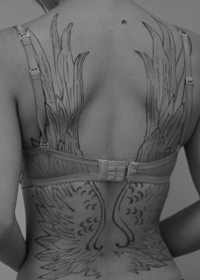
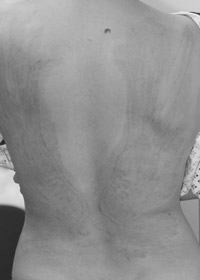
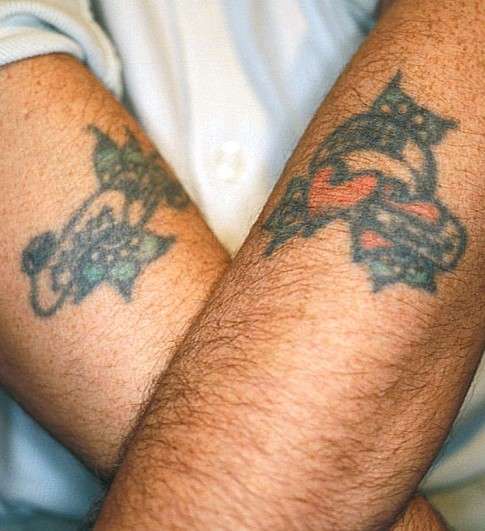
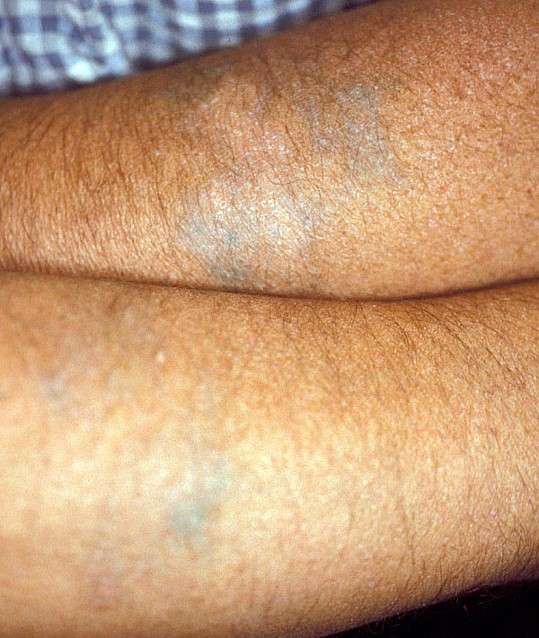
For other tattoos which large blocks of red, green, orange and yellow colours, a combination of formal surgery and laser treatment can reduce scarring whilst still ensuring safe removal. Even very large tattoos can be treated under local anaesthetic as an out-patient.
